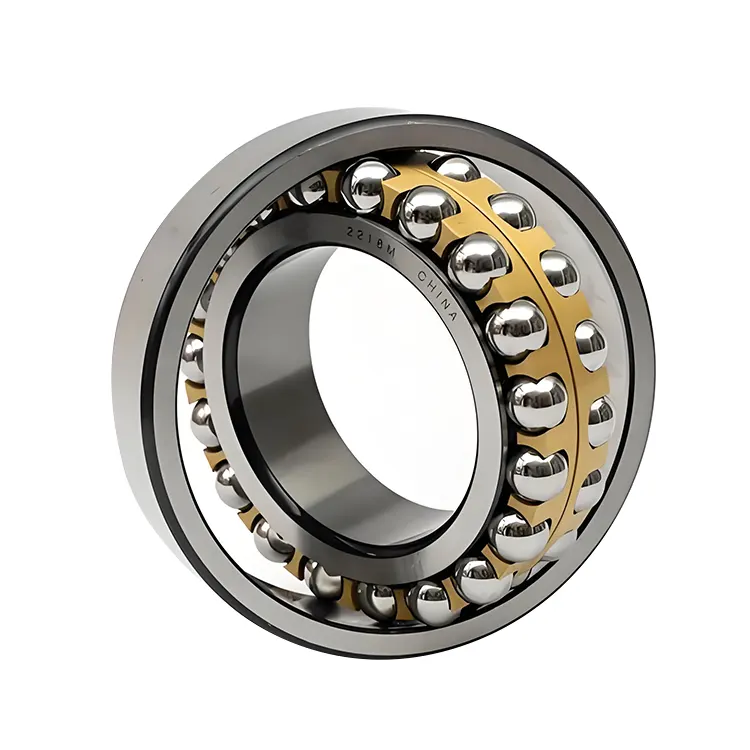Understanding the Benefits and Maintenance of Ball Bearings
2025-06-07
The Benefits of Ball Bearings
Ball bearings are not just essential for reducing friction—they also offer a variety of other benefits that make them a go-to solution for mechanical systems. Let’s break down some of the key advantages:
1. Increased Efficiency:
By reducing friction, ball bearings allow parts to move smoothly, which leads to less energy consumption. This can be particularly important in machines that run for long periods of time, such as industrial equipment or even electric fans.
2. Longer Lifespan of Equipment:
By minimizing wear and tear, ball bearings prolong the lifespan of the machinery they are used in. This is especially important in expensive industrial equipment where downtime and maintenance costs can be significant.
3. Noise Reduction:
Ball bearings help to reduce noise levels in machines by ensuring smooth motion. This is particularly important in consumer electronics like computers or air conditioning units, where noise reduction is often a priority.
4. Load Handling:
Ball bearings are designed to handle radial and axial loads. This makes them extremely versatile, as they can be used in a variety of applications that require high load-bearing capabilities, such as automotive systems or industrial machinery.
5. Precision and Accuracy:
Due to their design, ball bearings can provide highly accurate and precise movement. This makes them ideal for systems that require fine-tuned motion, such as in robotics or high-end machinery.

Maintenance and Care for Ball Bearings
While ball bearings are robust and durable, they do require some maintenance to ensure they continue to function at their best. Here are a few key tips for maintaining ball bearings:
1. Regular Lubrication:
Ball bearings need to be properly lubricated to reduce friction and prevent wear. The type of lubricant (oil or grease) should be chosen based on the operating conditions of the machinery. Regular lubrication checks will ensure that the bearing operates efficiently.
2. Proper Alignment:
Misalignment of bearings can cause uneven wear, leading to premature failure. It’s essential to ensure that the ball bearing is installed correctly and remains properly aligned during use.
3. Monitoring Temperature:
Ball bearings are sensitive to heat. Excessive temperatures can cause them to fail prematurely. Monitoring the operating temperature of machinery that uses ball bearings is crucial, especially in high-load or high-speed applications.
4. Cleaning:
Dirt and debris can contaminate ball bearings, leading to poor performance and faster wear. Regular cleaning can help prevent contamination and extend the life of the bearing. Be sure to use the appropriate cleaning method and avoid harsh chemicals that could damage the bearing.
5. Replacement of Damaged Bearings:
Over time, even the best-maintained ball bearings can wear out or become damaged. It’s essential to replace bearings that show signs of damage, such as roughness, noise, or a decrease in performance. Timely replacement helps avoid more extensive damage to surrounding components.
Conclusion
Ball bearings are a cornerstone of mechanical engineering, providing benefits ranging from reduced friction to increased precision and longevity. Whether you're dealing with a complex industrial machine or a simple household appliance, these small components play a huge role in ensuring smooth operation.
To get the most out of your ball bearings, regular maintenance is key. Lubrication, proper alignment, temperature monitoring, and cleaning can all help extend the life of your bearings and keep your machines running at peak performance.


